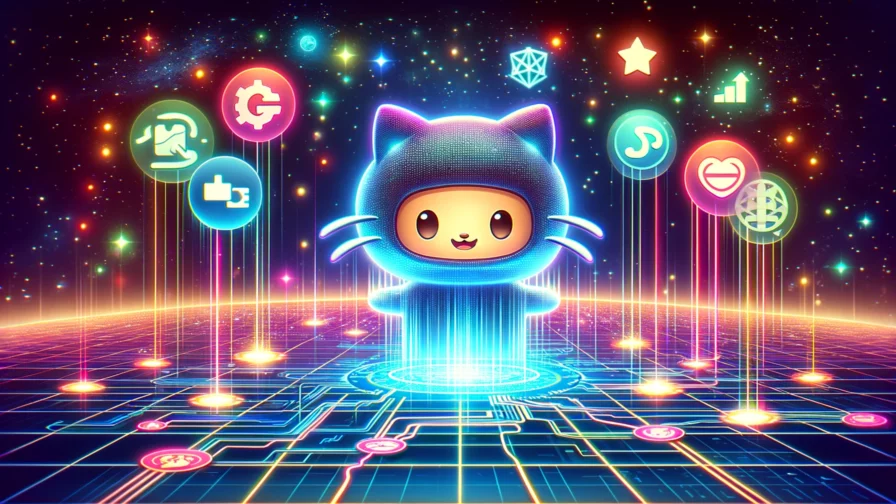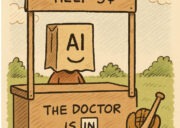
If you’re a developer, you’ve probably come across one of these curated collections of resources that cover a myriad of technologies and programming languages (and more!). Behind this simple word, “Awesome,” lies a movement of open-source sharing and collaboration that’s worth exploring.
The Idea Behind “Awesome”
It all started back in 2014 when Sindre Sorhus created the very first repository called Awesome. The goal was simple: to create a curated list of valuable resources for developers, organized and easy to browse. Within a few years, the idea went viral, and today, “Awesome lists” are one of the most appreciated and widely used tools in the developer community.
These repositories are like mini open-source encyclopedias where you can find everything from the most popular JavaScript libraries to the best tools for developing mobile apps.
And anyone can contribute: you just need to follow the guidelines and submit a pull request.
My Experience with Awesome Swift
I want to share my personal experience with one of these lists.
In 2014, I was at WWDC (Apple Worldwide Developers Conference) as a Senior Objective-C Developer. However, during the keynote, they announced something that would change everything: Swift. I still remember the feeling of entering the room as an Objective-C expert and leaving as a “wannabe Junior Swift Engineer.” And I wasn’t the only one…
The excitement and curiosity for this new language drove me to create something that could help other developers navigate this transition: Awesome Swift. I wanted to build a place where we could gather all the new libraries and resources for Swift, a reference point for those like me who wanted to explore and learn quickly.
Over time, Awesome Swift has grown into a real community: today, it features over 1000 libraries and has reached nearly 25,000 ⭐️ on GitHub. Managing everything hasn’t been easy: having a clear structure for pull requests and reviews has been essential. Additionally, working with contributors and maintainers from around the world has brought a variety of perspectives that made the project more robust. And, of course, a touch of CI and GitHub Actions helped a lot.
Had I tried to do everything on my own, I probably would have gotten lost along the way!
The Power of Open Source Sharing
Over the years, I have also tried to contribute to other “Awesome” lists and even create new ones, like one dedicated to Kotlin (didn’t have much success, I admit!), one about conferences (AweConf, now archived), and a more recent one about Bluetooth Low Energy (BLE), as my current work is heavily focused in that area.
What I’ve learned is that creating and contributing to open-source projects like the Awesome lists is not just a way to share knowledge; it’s an opportunity to build communities and grow alongside other developers. The basic idea is simple: share something in which you start to gain expertise and passion, knowing that others, following the same approach, will bring valuable contributions. In this way, we create a circular economy of information that allows everyone to improve.
TLDR;
“Awesome” repositories are much more than simple lists of resources: they’re an invitation to participate, share, and grow together. If you haven’t explored this world yet, I highly recommend you start: contribute, create your own list, or simply use the resources made available by the community. Open source is one of the most powerful ways to be part of something bigger, and GitHub, with its Awesome lists, is a perfect example.
If you want to learn more, you can find an overview of all the Awesome lists here: Awesome on GitHub.
And you, which list will you create or help improve?




